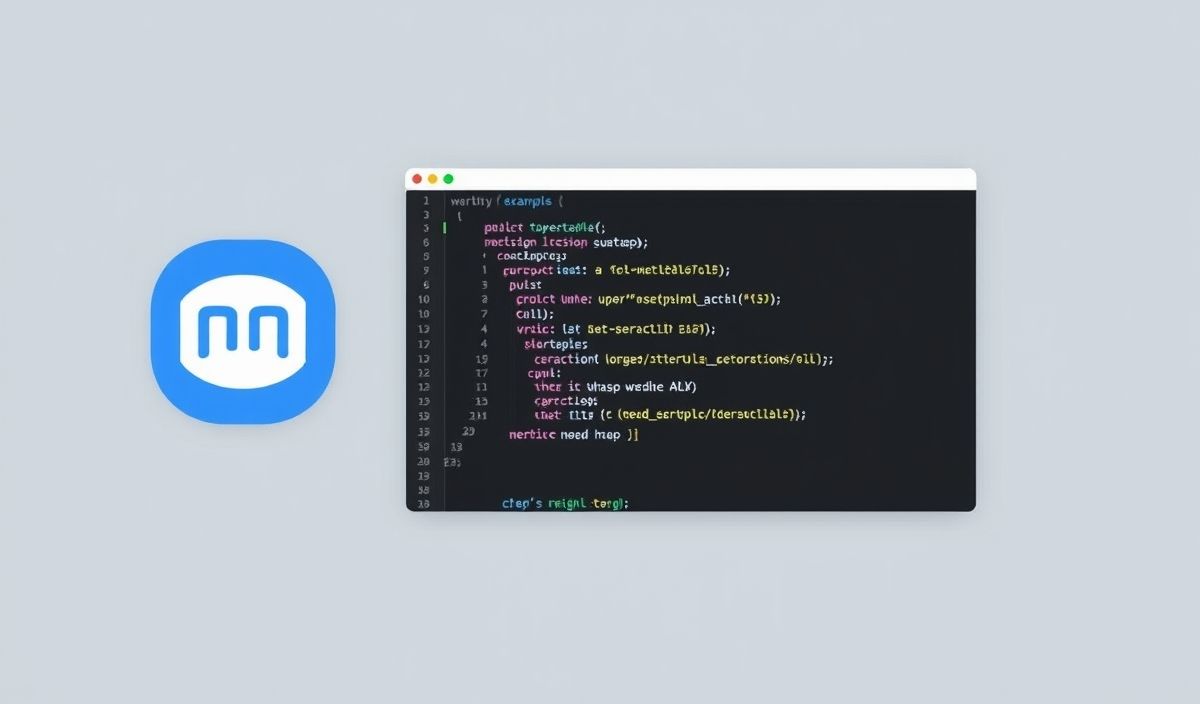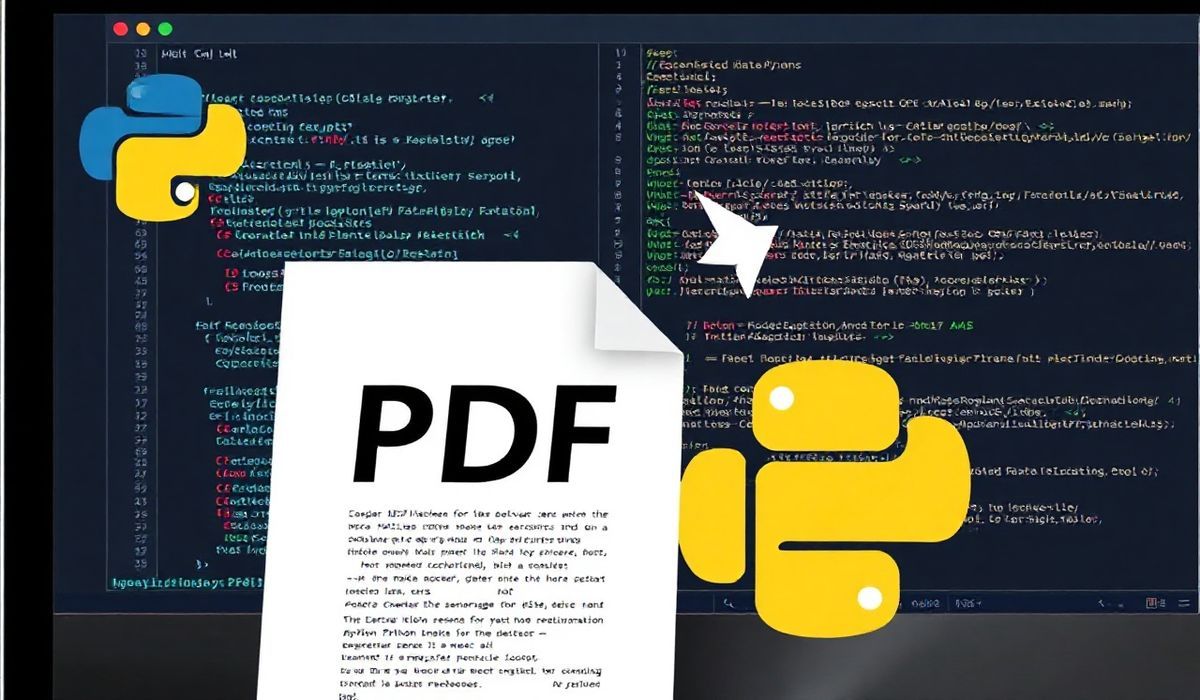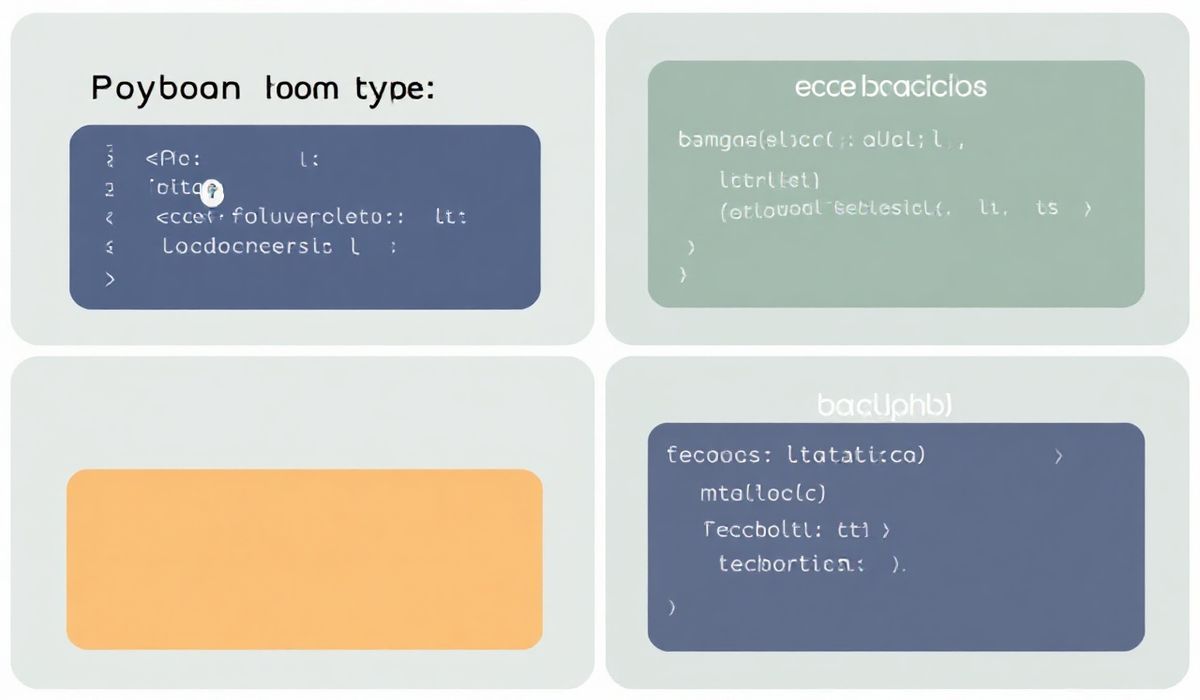Welcome to the Comprehensive Guide to GitHub Webhooks
GitHub webhooks are an essential tool for automating workflows and enhancing your development lifecycle. They allow your applications to be notified when certain events occur in your GitHub repository.
What is a GitHub Webhook?
A GitHub webhook is a mechanism that triggers actions on external services when events happen in your GitHub repository. Using webhooks, you can automate tasks such as continuous integration, notifications, and other custom operations.
Setting Up a GitHub Webhook
To set up a GitHub webhook, follow these steps:
- Go to your repository on GitHub.
- Navigate to Settings > Webhooks.
- Click Add webhook.
- Fill in the required fields such as payload URL, content type, and secret.
- Choose the events you want to trigger the webhook.
- Click Add webhook.
Example API: Handling Webhook Events in Node.js
Here’s a basic example of how to handle GitHub webhook events using Node.js:
const express = require('express');
const crypto = require('crypto');
const app = express();
app.use(express.json());
const secret = 'your_secret';
app.post('/webhook', (req, res) => {
const signature = req.headers['x-hub-signature-256'];
if (!signature) {
return res.status(401).send('Signature required');
}
const hmac = crypto.createHmac('sha256', secret);
const digest = `sha256=${hmac.update(JSON.stringify(req.body)).digest('hex')}`;
if (signature !== digest) {
return res.status(401).send('Invalid signature');
}
const event = req.headers['x-github-event'];
// Handle various events
switch (event) {
case 'push':
console.log('Push event received: ', req.body);
break;
case 'pull_request':
console.log('Pull request event received: ', req.body);
break;
// Add more event cases as needed
default:
console.log('Unhandled event: ', event);
}
res.status(200).send('Event received');
});
app.listen(3000, () => {
console.log('Server is listening on port 3000');
});
App Example: A GitHub Webhook Listener for CI/CD
In this example, we’ll create a GitHub webhook listener to trigger a CI/CD pipeline using Node.js and Express:
const express = require('express');
const { exec } = require('child_process');
const app = express();
app.use(express.json());
app.post('/ci-cd-webhook', (req, res) => {
const event = req.headers['x-github-event'];
if (event === 'push' || event === 'pull_request') {
// Trigger your CI/CD pipeline command
exec('sh ./ci-cd-script.sh', (error, stdout, stderr) => {
if (error) {
console.error('Error executing CI/CD script: ', stderr);
return res.status(500).send('CI/CD script execution failed');
}
console.log('CI/CD script executed successfully: ', stdout);
res.status(200).send('CI/CD triggered successfully');
});
} else {
res.status(200).send('Event received but not acted upon');
}
});
app.listen(4000, () => {
console.log('CI/CD server is listening on port 4000');
});
Conclusion
GitHub webhooks can greatly enhance your automation efforts, improving efficiency and response times across your development workflows. By following the examples above, you can start integrating powerful webhook-driven features into your applications today.
Hash: d0b1a8d477ede845afe4e1d25d9f4d809860a86a6b6ff502984382ca4f32d91b




